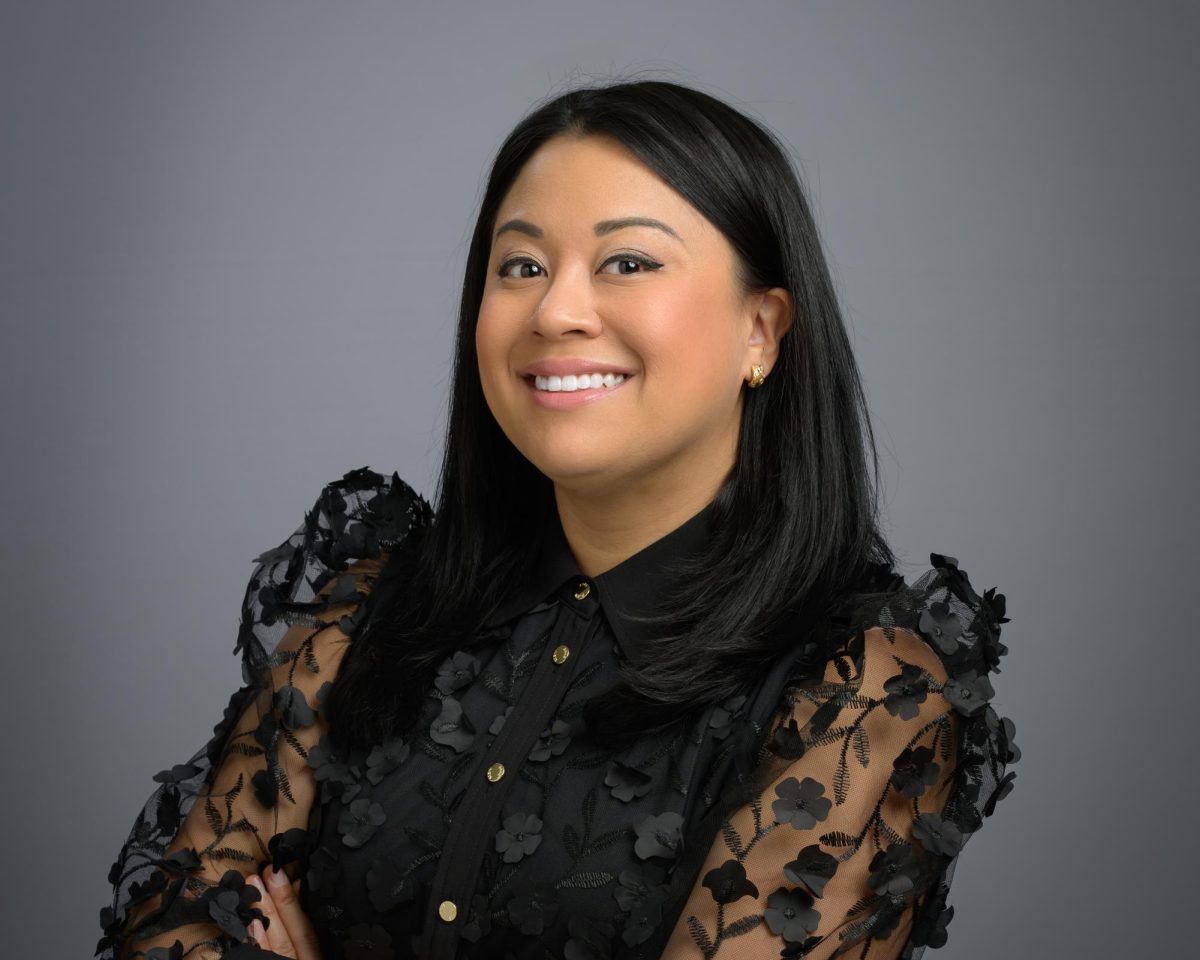A student push for more education on environmental justice led University of Minnesota researchers to reevaluate how the environment and social equality are incorporated into the school’s curriculum.
The research is an effort to identify University classes that have environmental justice components and make them more accessible. Environmental justice is an interdisciplinary concept that, in part, looks at how social inequality influences who is affected by environmental issues.
“We are identifying courses [where environmental justice] was not obvious in the course description,” said Beth Mercer-Taylor, principal investigator for the research.
The University is behind other schools in incorporating environmental justice into curriculum, Mercer-Taylor said. The report was created to shed a light on the delay while helping to expand education around environmental justice at the University, she said.
The idea for the project came from a push from the student group Voices for Environmental Justice, which hopes to create an environmental justice major at the University.
“We noticed there are gaps in our education and how that isn’t efficient to help the problems we are facing now and in the next 50 years,” said Dania Marin-Gavilan, a facilitator for the student group.
While members said they think the University is far from offering an environmental justice major, the research raises awareness around the topic.
University student Christina Lundgren, who is helping with the research, has spent the past few months interviewing faculty across campus to create the report, which will be wrapped up around May. Part of her work is connecting with faculty to see what environmental justice means to them and how they incorporate it into their curriculum.
Jessica Lopez Lyman, a professor in Chicano and Latino studies who was interviewed by Lundgren, incorporates environmental justice in her curriculum by looking at environmental racism. This includes looking at how communities of color, specifically Native American communities, are most impacted by pollution and environmental hazards, she said.
“I think it is everyone’s responsibility … to take seriously the consideration of the environmental impacts of the work that we do,” Lopez Lyman said.
For this project, researchers have gotten creative with ways to find faculty who teach about environmental justice. They have used word of mouth and the University’s online Schedule Builder tool to identify classes and faculty.
Michelle Garvey, a professor in the Department of Gender, Women and Sexuality Studies, teaches a course on environmental justice — one of the few courses with a direct focus on this topic. She also incorporates environmental justice into her other courses. Garvey said she has seen a desire from her students to do more with environmental justice at the University.
“[We] are so intent on expanding environmental justice scholarship at the [University]. We don’t know what that’s going to look like yet, but we really want to make the scholarship more visible,” Garvey said.
She said there has been a cultural movement, led by students, to acknowledge how social inequality influences who is affected by environmental issues.
“There’s kind of a tidal wave of momentum going. … I would love to see the University at the forefront of cutting edge environmental scholarship.”
Lundgren and Mercer-Taylor said they hope their research will expand at the University’s system campuses and other universities after the project’s May deadline.







